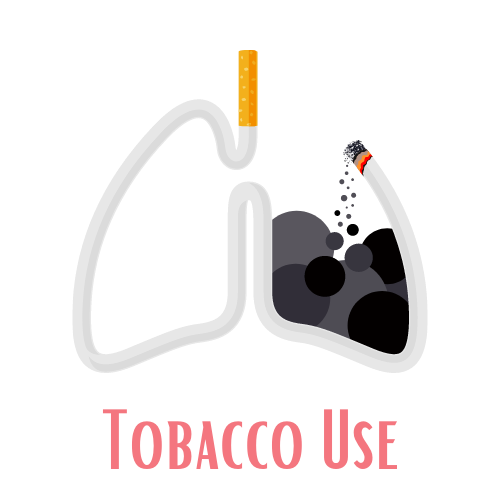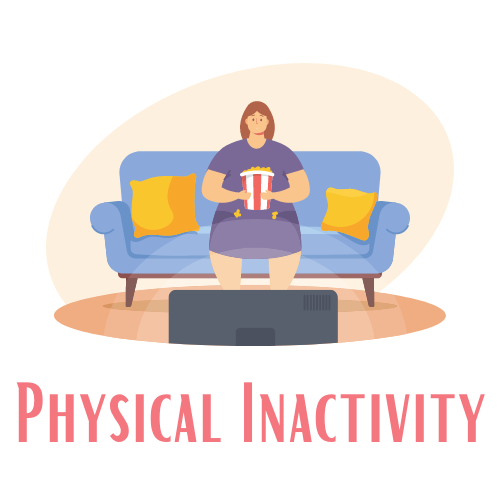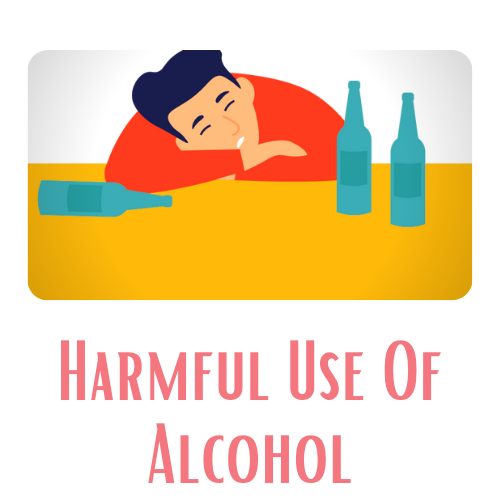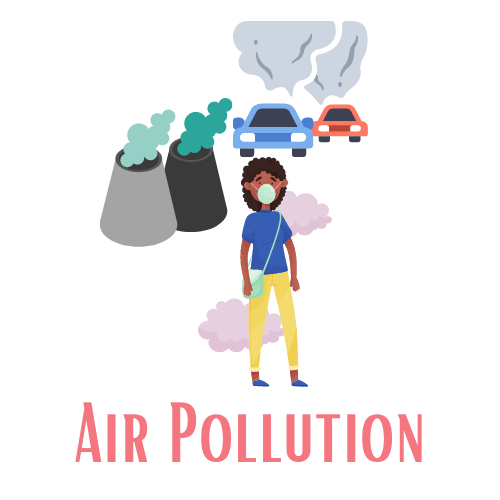THE ST. VINCENT & THE GRENADINES NATIONAL HEALTH AND WELLNESS COMMISSION
COMMISSION PROFILE
| Status as at September 2023 | Inactive |
| Country | St. Vincent and the Grenadines |
| Name | National Health and Wellness Commission |
| Status as at September 2023 | Inactive |
| Date of establishment | - |
| Date of first meeting | - |
| Date of last meeting | - |
| Number of meetings over past 12 months | - |
| Chairperson’s name | Dr. Timothy Providence |
| Title | - |
| Organisational affiliation | - |
| Duration of tenure | - |
| Legal authority/reference | - |
| Location(sector/entity) | - |
| Mandate/Scope of work | - |
| Terms of reference | - |
| Conflict of interest policy | - |
| Code of ethics | - |
| Standard operating procedures | - |
| NNCDC strategic plan/plan of action | - |
| Decision-making process (consensus, majority, other) | - |
| Membership and Personnel | - |
| Government sector membership and level of representation | - |
| Civil society membership and level of representation | - |
| Private sector membership and level of representation | - |
| Ex officio members | - |
| Secretariat exists? If so, please give date of establishment | - |
| Resources | - |
| Full-time human resources/functions | - |
| Part-time human resources/functions | - |
| Main functions (advisory, accountability, strategic planning, project/programme implementation, other) | - |
| Main areas of interventions for NCDs and NCD risk factors | - |
| Other health issues that the NCD/Wellness Commission /Wellness Coordinating Mechanism addresses | - |
| - | - |
| Framework(s) of reference (national policy, strategy or plan; international plans/strategies) | - |
| Focus of interventions (legislation, taxation, policy development, project/programme development, project/programme implementation, capacity building, surveillance, monitoring and evaluation, other) | - |
| Work groups/subcommittees/task forces and their functions | - |
| Accountability mechanisms (periodicity of monitoring, evaluation, reporting, and to whom; financial accountability mechanisms) | - |
| Main successes | - |
| Success factors | - |
| Specifically | |
| - |
| Main challenges | - |
How were these challenges overcome? Specifically:
| - |
| Partnerships, technical cooperation (TC) – please summarize partners and relevant TC areas | - |
| Main source(s) of funding and approximate percentage of funding from each source | - |
| Indicative annual budget (USD) | - |
| Resource mobilisation, main areas | - |
| Mechanisms for sustainability | - |
NNCDC ADVOCACY WORK
| Status as at December 2021 | Inactive (no info available) |
| Develop and implement a comprehensive mental health plan that complies with international human rights instruments, includes allocated human and financial resources, and undergoes regular monitoring against indicators or targets for implementation | - |
| Decriminalize suicide, suicide attempts and other acts of self-harm | - |
| Increase public awareness about mental health and how to stop discrimination through campaigns that involve individuals living with mental disorders and psychosocial disabilities | - |
| Introduce brief interventions for hazardous substance use | - |
| Advocate with other sectors such as housing, education, social welfare etc for the support of people with mental disorders and psychosocial disabilities | - |
| Does the NNCDC structure include a position for a youth representative? | - |
| Is the NNCDC connected to other organizations that prioritize youth engagement? | - |
| Has the NNCDC utilized social media campaigns to target youth? | - |
5 NCD RISK FACTORS
 |  |  |  |  |
| Reduced affordability of tobacco products by increasing tobacco excise taxes and prices | - |
| Protect people from tobacco smoke by creating, by law, implementing completely smoke-free environments in all indoor workplaces, public places, and public transport | - |
| Warn individuals of the dangers of tobacco and tobacco smoke through effective health warnings and mass media campaigns | - |
| Implement and enforce bans on all forms of tobacco advertising, promotion, and sponsorship | - |
| Ban the sale of tobacco to minors | - |
| Support plain packaging and pictorial health warnings on cigarette packages | - |
| Implement measures to minimize illicit trade in tobacco products | - |
| Assess the usage and impact of e-cigarettes, and develop appropriate control measures if indicated, including through legislation and regulations for tobacco control | - |
| Raise public awareness of physical inactivity through mass media public spaces and other programmes | - |
| Develop population-based, age-specific guidelines on physical activity. | - |
| Advocate for the design of public spaces that are supportive of physical activity. | - |
| Reduce salt intake and salt content of food | - |
| Replace trans fats with unsaturated fat | - |
| Raise public awareness of unhealthy diet through mass media and other programmes | - |
| Place taxes on sugar sweetened beverages | - |
| Implement nutritional labelling policies which promote consumption of healthier foods and beverages | - |
| Develop and implement school policies which restrict the availability of unhealthy foods and beverages within schools and their surroundings | - |
| Raise excise taxes on alcoholic beverages | - |
| Regulate commercial and public availability of alcohol | - |
| Enforce restrictions or bans on alcohol promotion and advertising | - |
| Collaborate with NGOs and Ministry of Transport to educate the public on the harmful use of alcohol | - |
| Advocate for the introduction of breathalyser testing | - |
| Improve housing conditions and ensure access to clean energy sources for indoor cooking, heating and lighting | - |
| Create awareness and develop appropriate strategies to reduce exposure to second-hand tobacco smoke in households | - |
| Phase out health-harmful subsidies for fossil fuels and polluting industries and introduce penalties for polluters and/or taxes on pollution | - |
| Include air quality measures in urban, rural and transport planning at city, regional and national level, including measures to encourage modal shift and active mobility, noting the additional benefits to health, wellbeing, and reduction of health inequalities | - |
| Adopt and strictly enforce emissions standards for all pollutants in all relevant sectors, including industry, energy, transport, waste, and agricultures | - |
